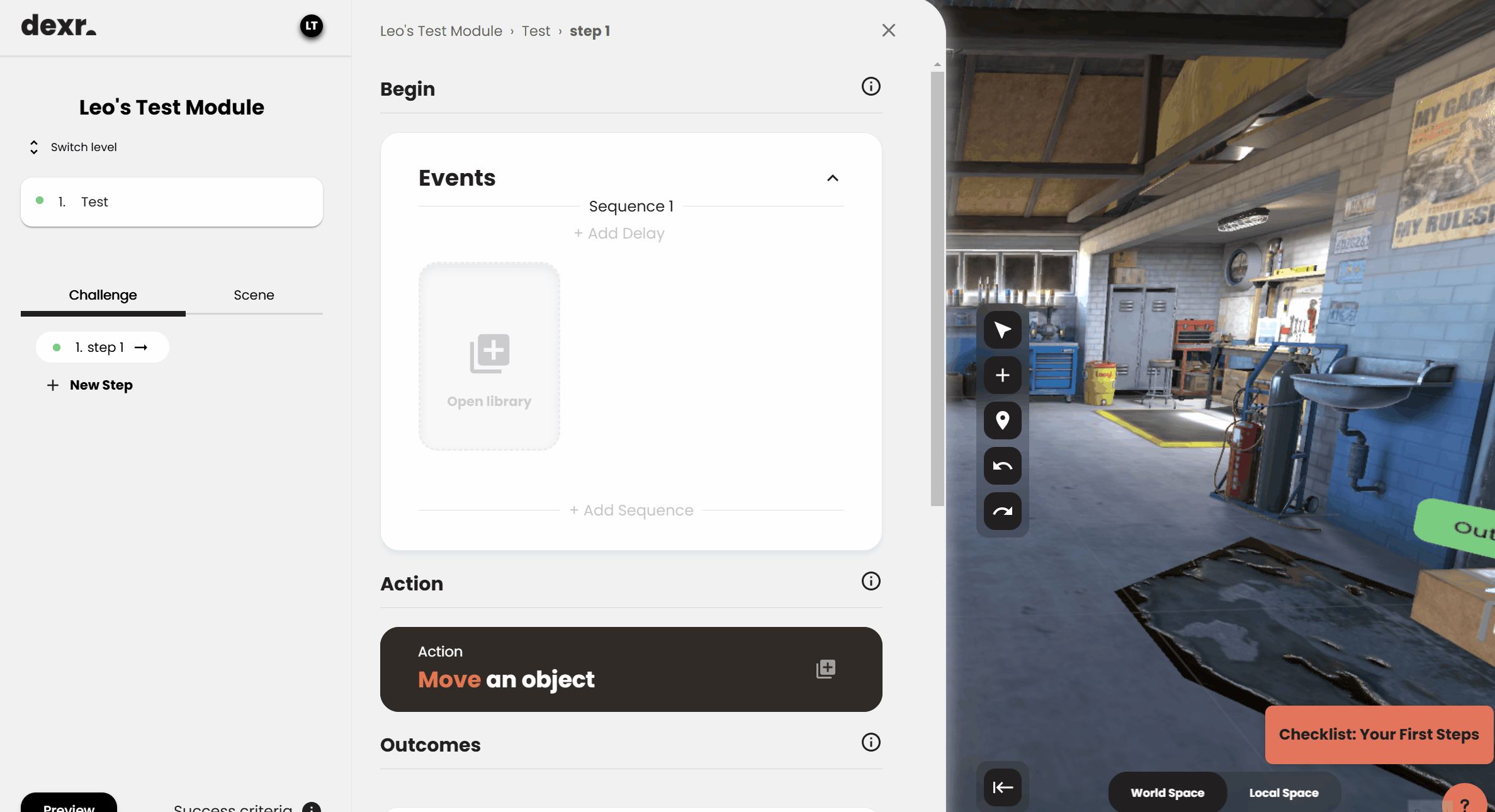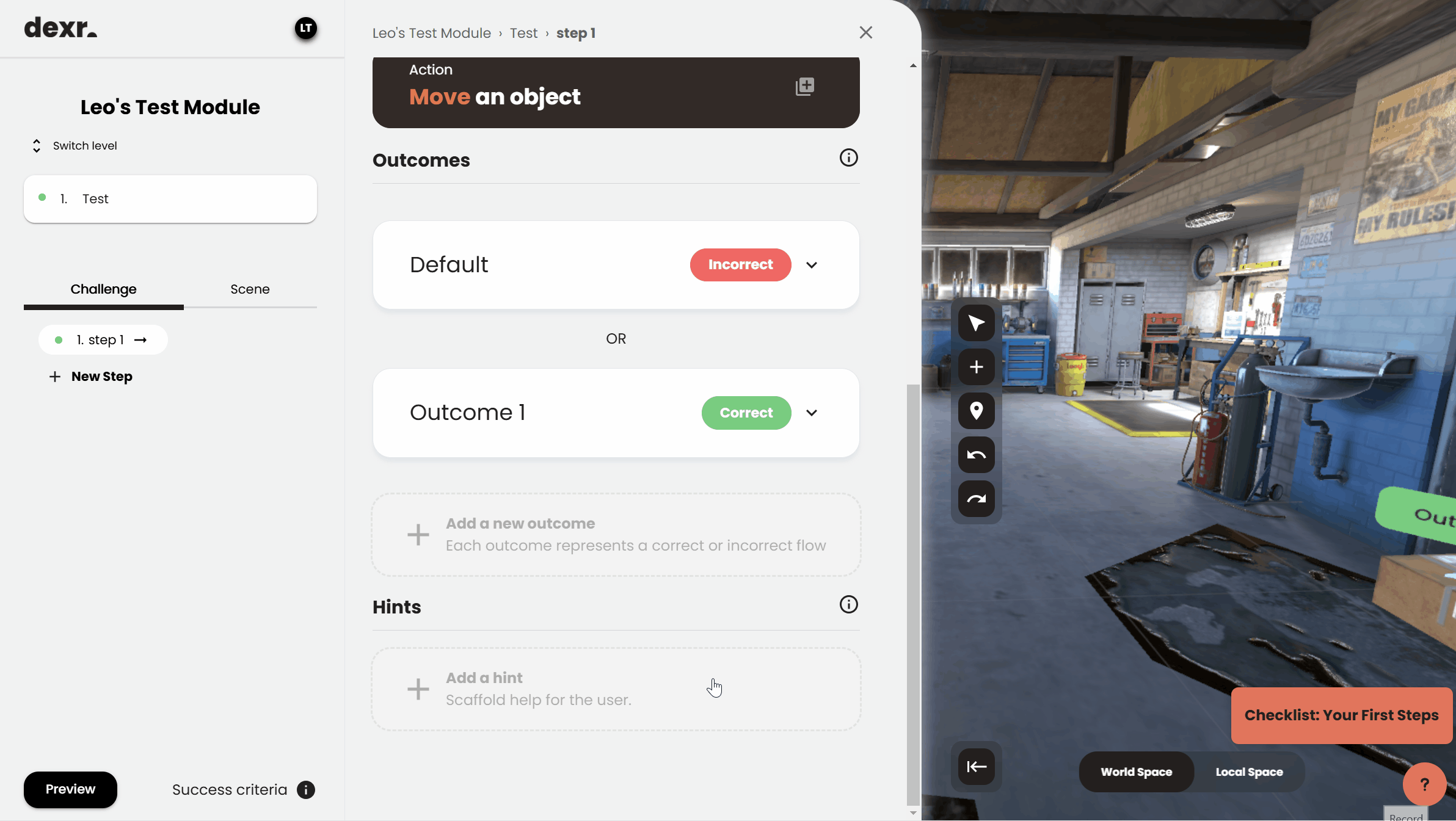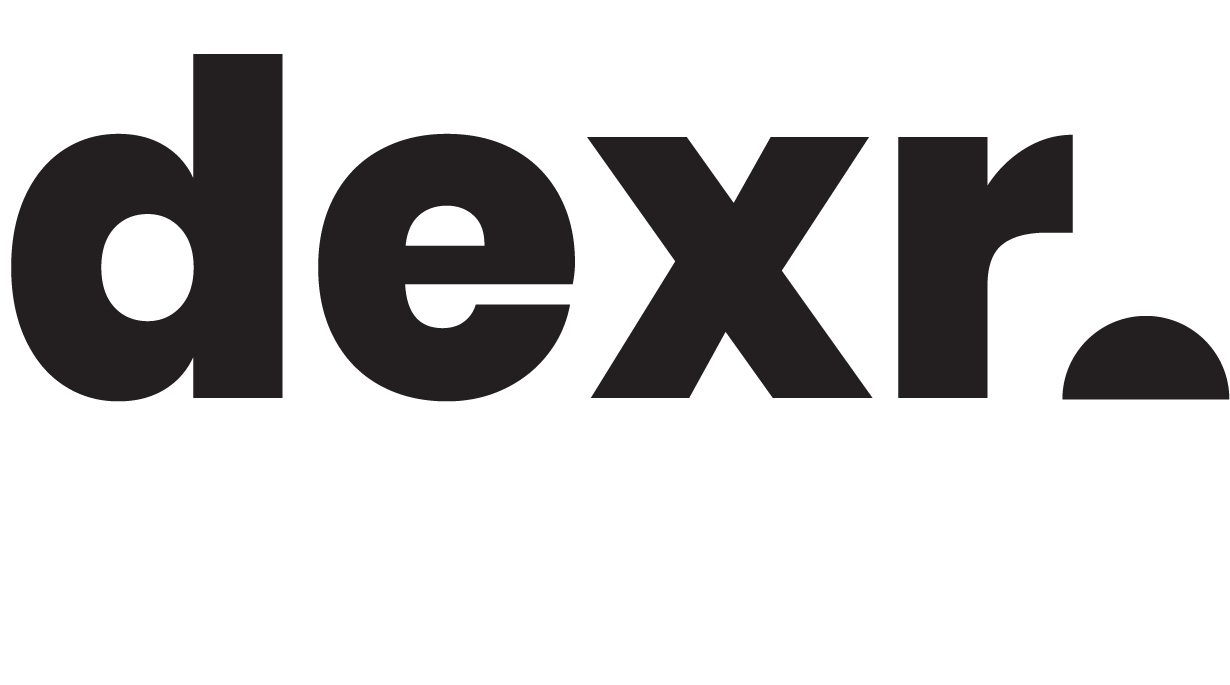Push-Pull Guidance
Our learning platform is designed to encourage autonomy by offering learners the freedom to explore and learn at their own pace. To support this, we provide two types of guidance: push guidance and pull guidance.
Push Guidance
What is it?
Push guidance is when we proactively provide information or context to the learner. It’s best used when:
- A concept, context, or scenario needs to be introduced.
- Key information must be explained to move forward effectively.
- Push guidance can be provided in different types of events.

Example:
For a hazardous material handling module, safety guidelines are automatically displayed.
"Before proceeding, remember to wear the correct protective equipment to avoid chemical exposure."
Pull Guidance
What is it?
Pull guidance allows learners to request help when they feel stuck. Support is not automatically provided; instead, learners choose when they need assistance. Pull guidance can be delivered in a scaffolded way: starting with light hints and progressing to more explicit guidance.
The hints are displayed in a top-to-bottom sequence, with the learner receiving the topmost hints first and progressing downward.

Scaffolded Example:
Superficial Hint (Light Guidance):
"Look at the engine carefully. What do you notice about it?"
Intermediate Hint (More Direct):
"It seems that the engine is unable to ignite. "
Explicit Help (Strongest Support):
"The battery module attached to the ignition channel is broken. Please replace this with a new one."
Summary
Push Guidance: Information is shown upfront to provide context or explanation.
Pull Guidance: Learners request help when needed, starting with hints and progressing to full solutions if required.
By balancing push and pull guidance, we ensure that learners get the support they need without compromising their independence and problem-solving skills.
